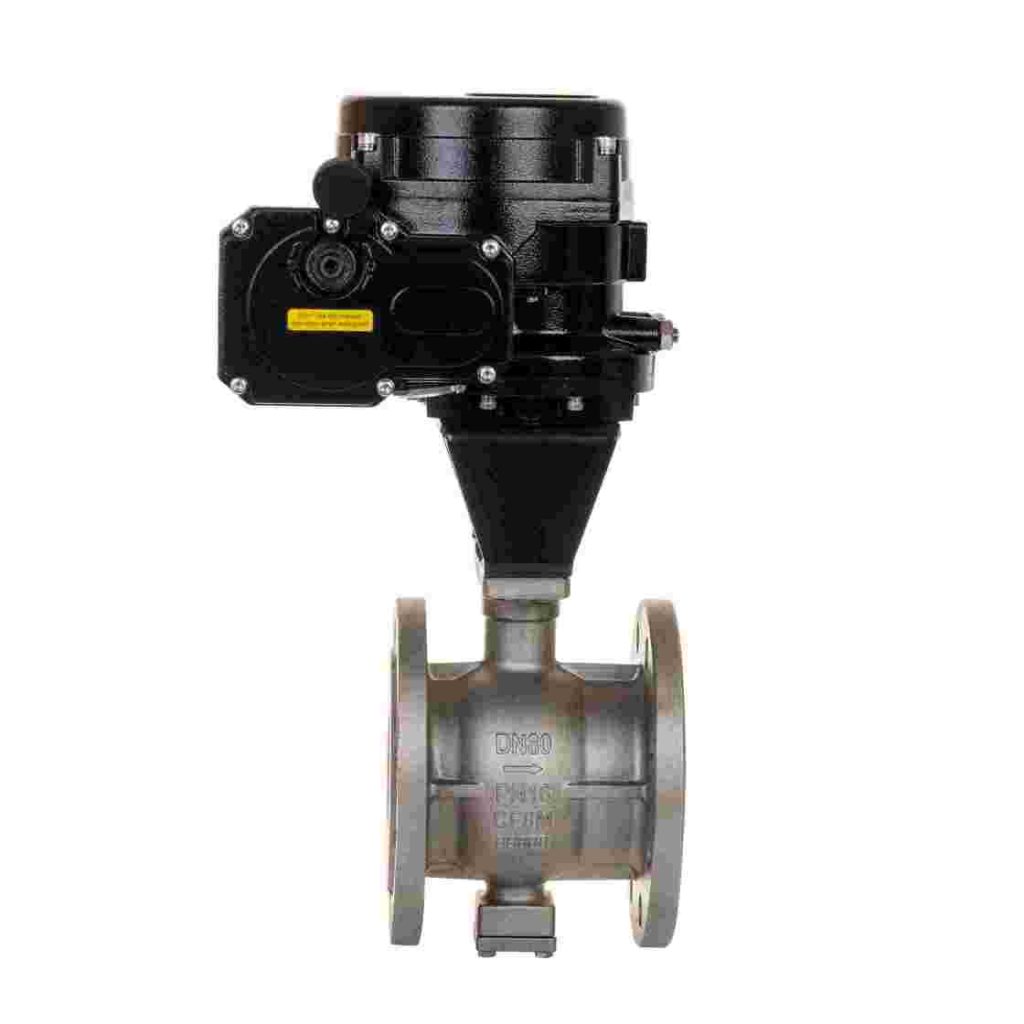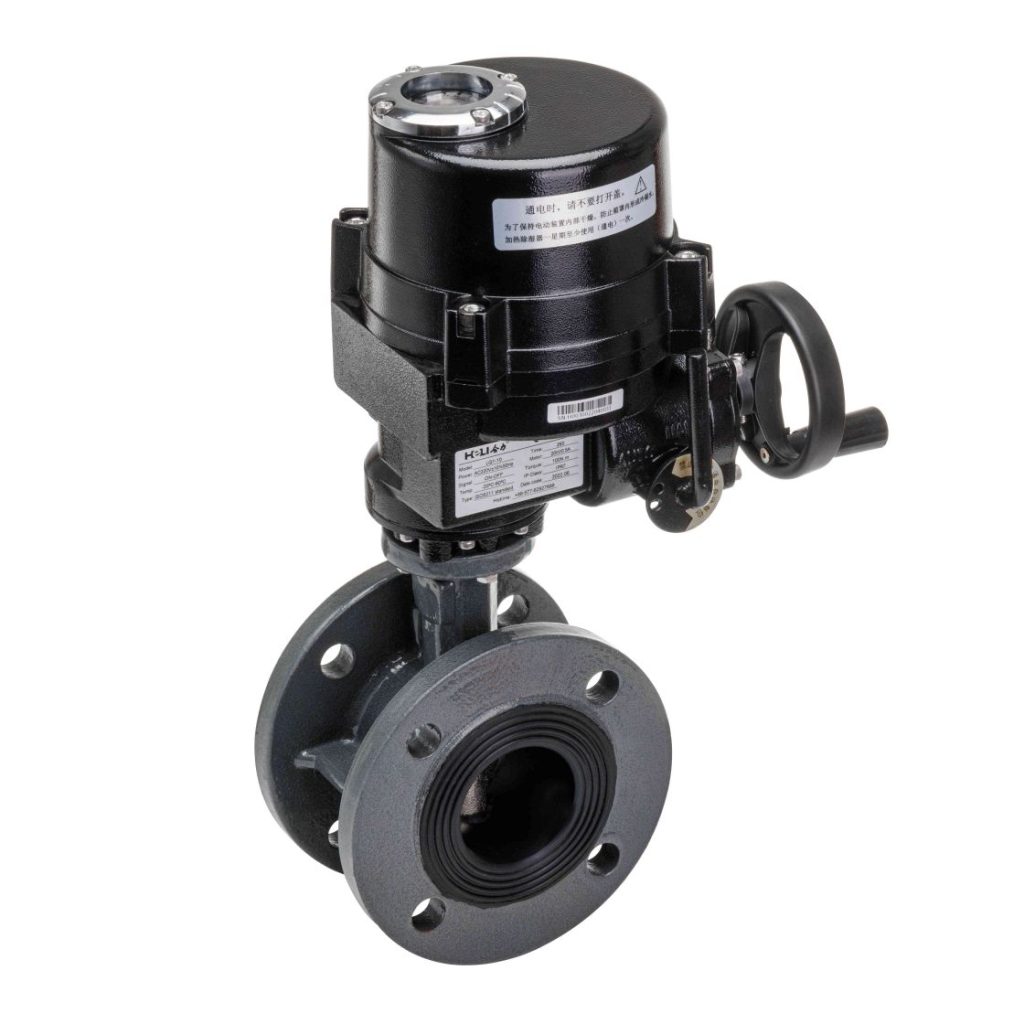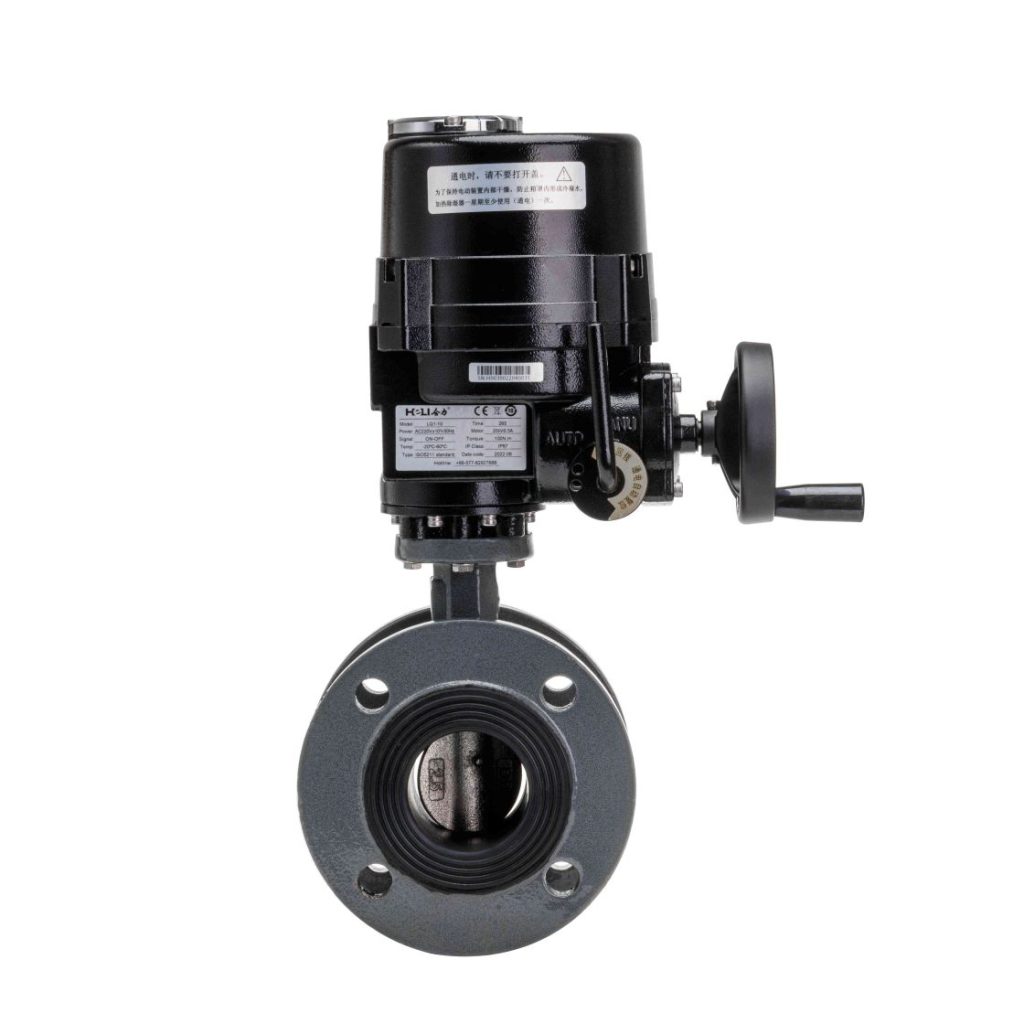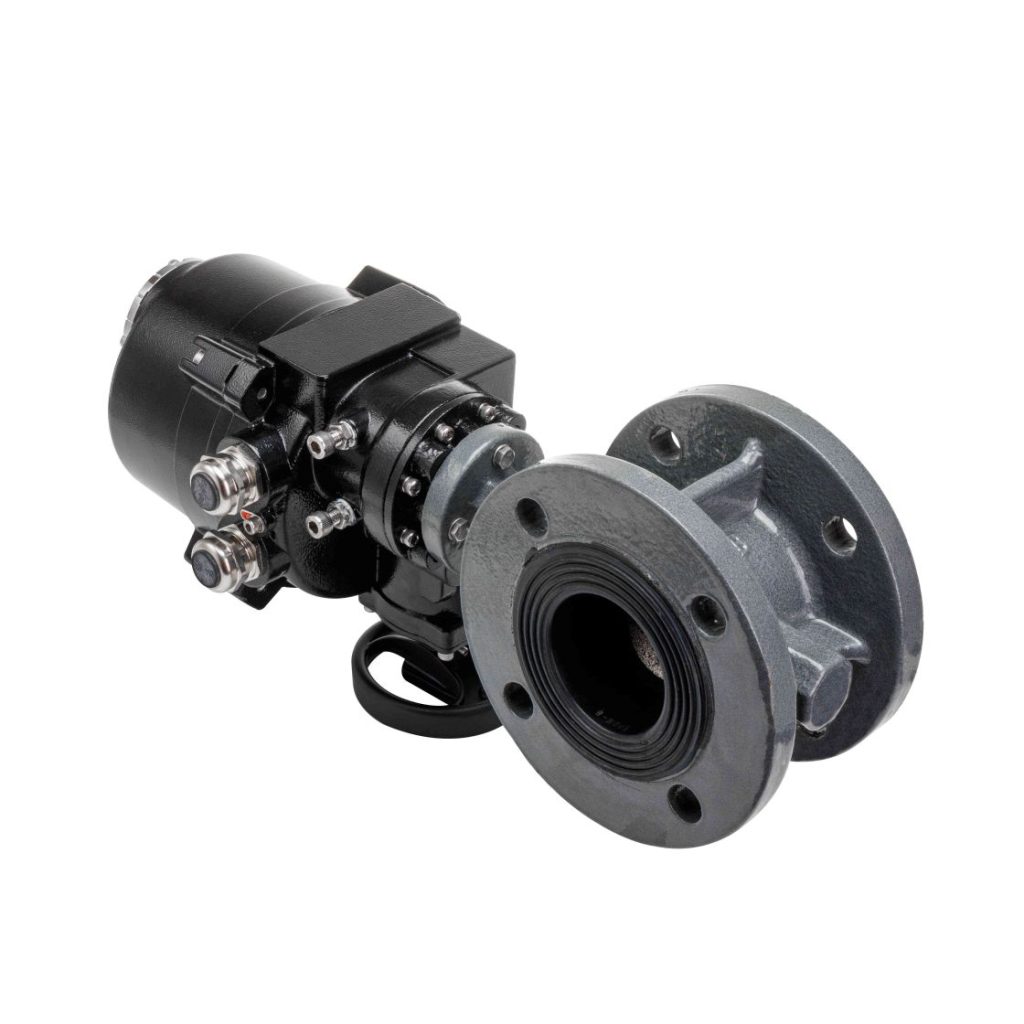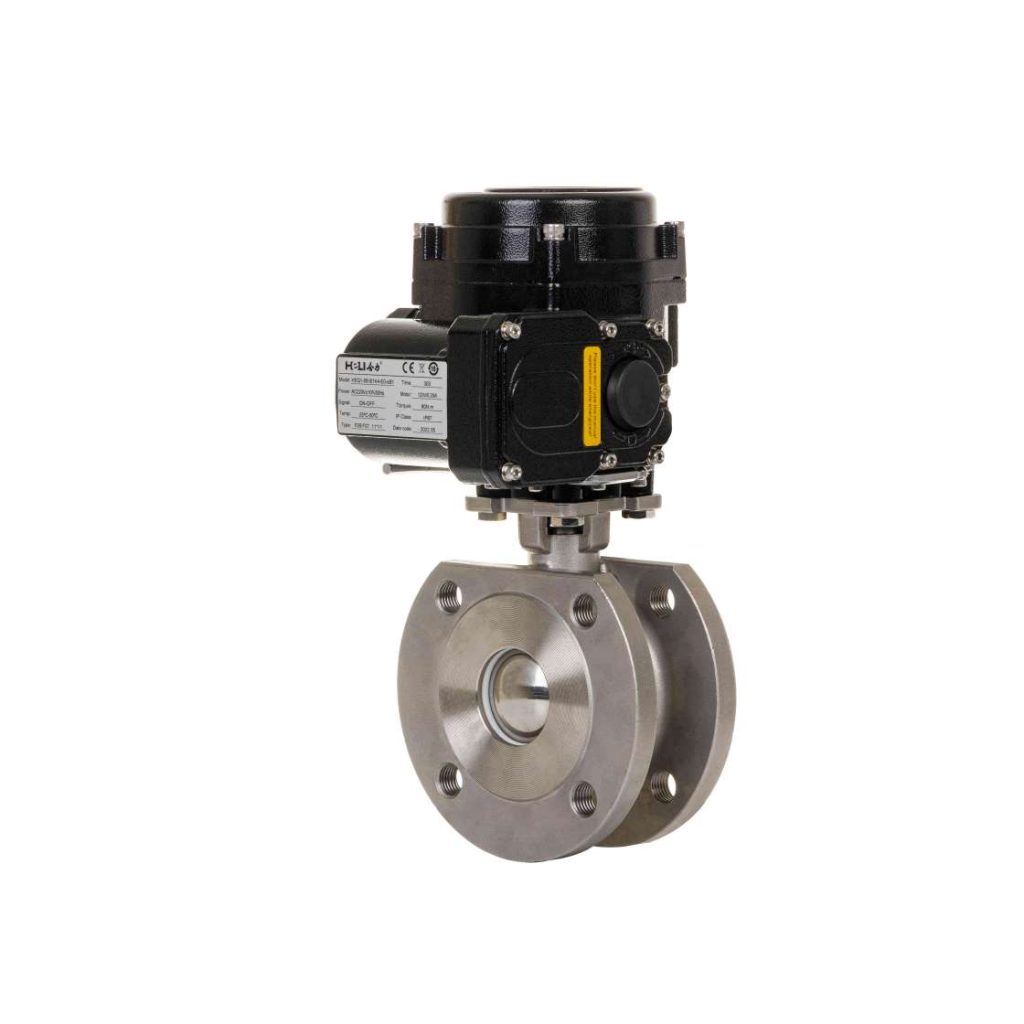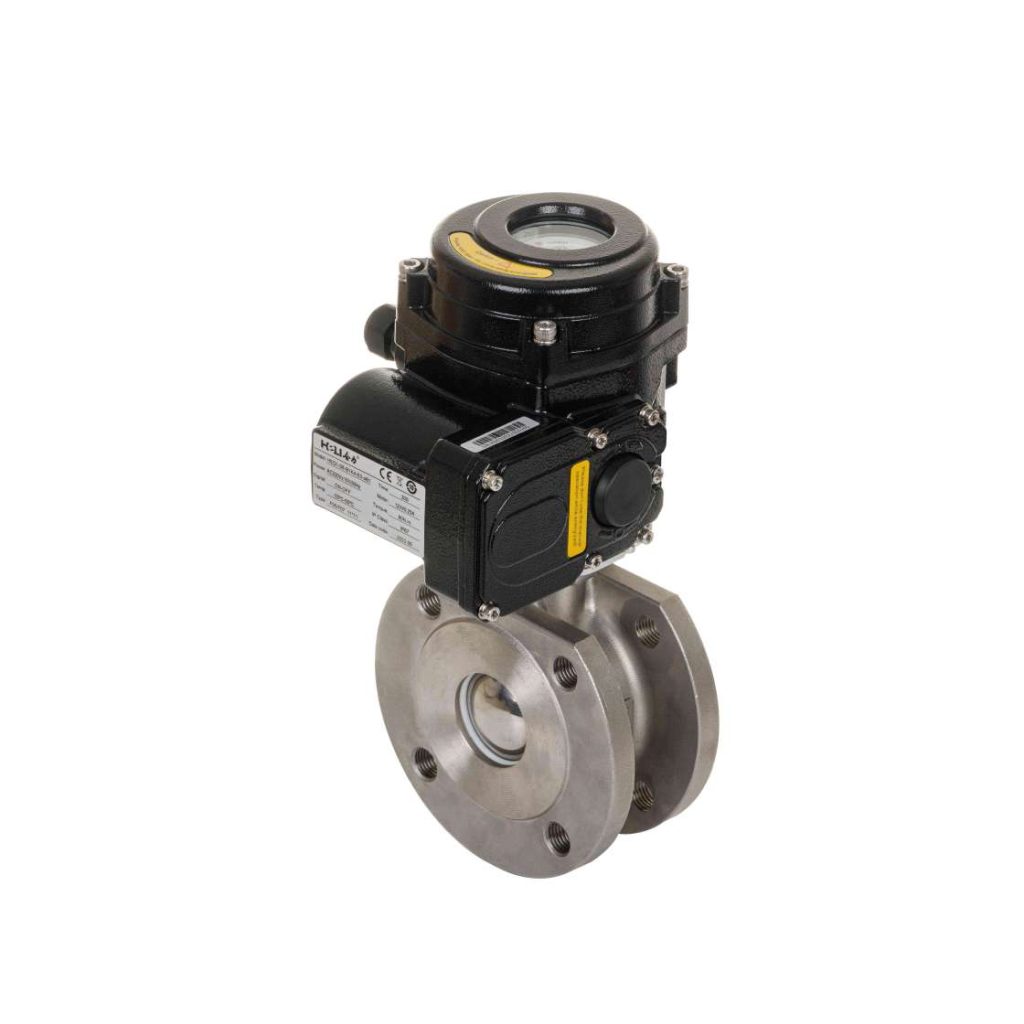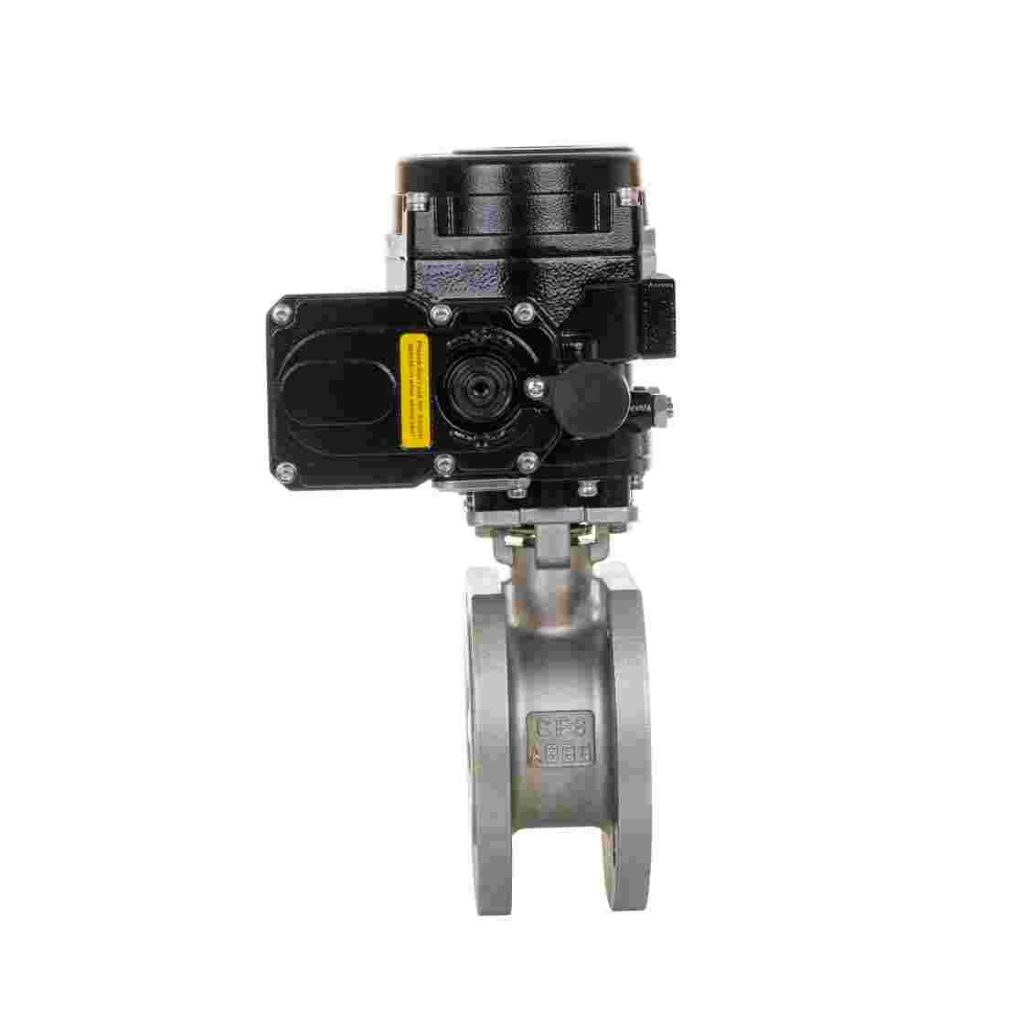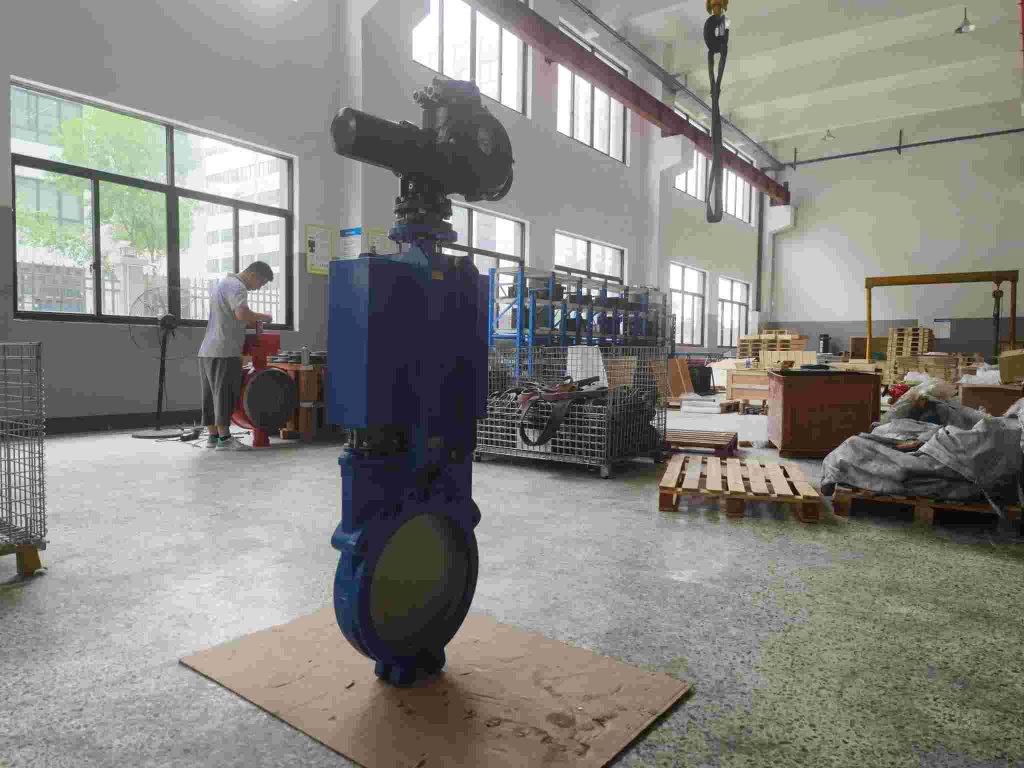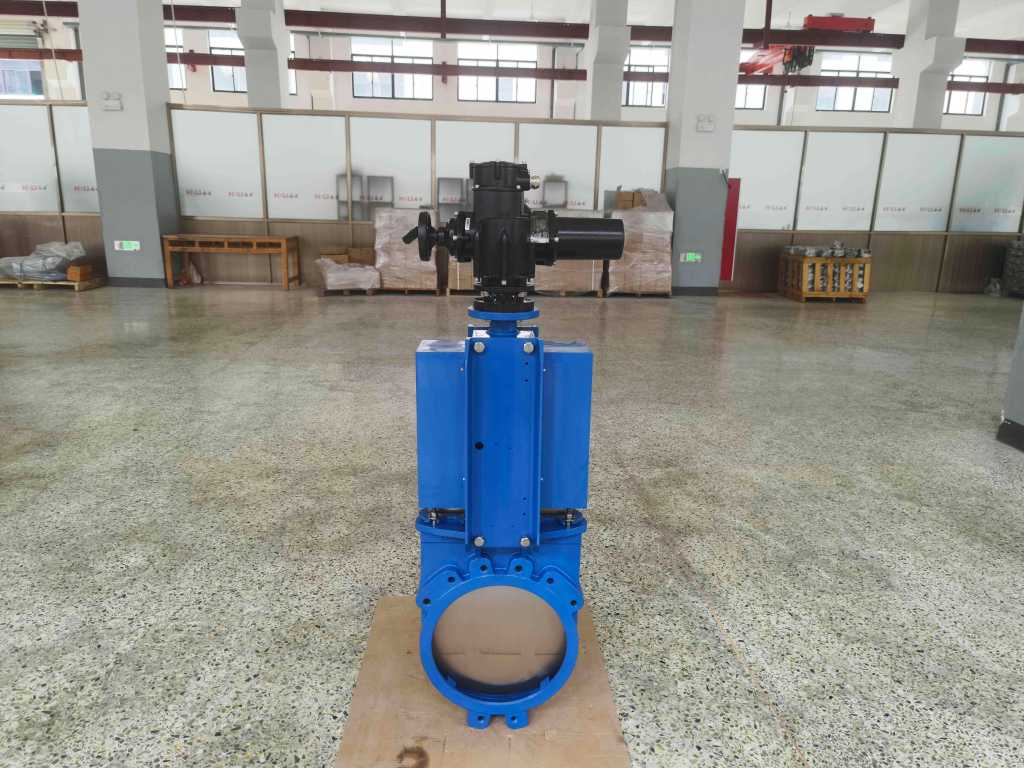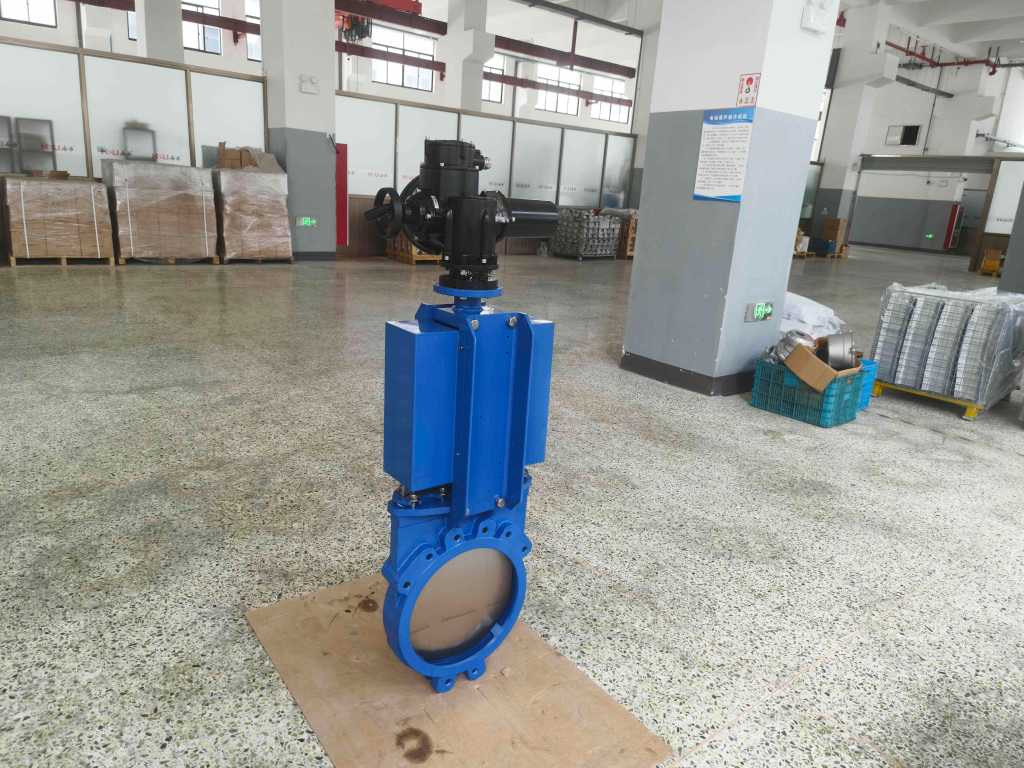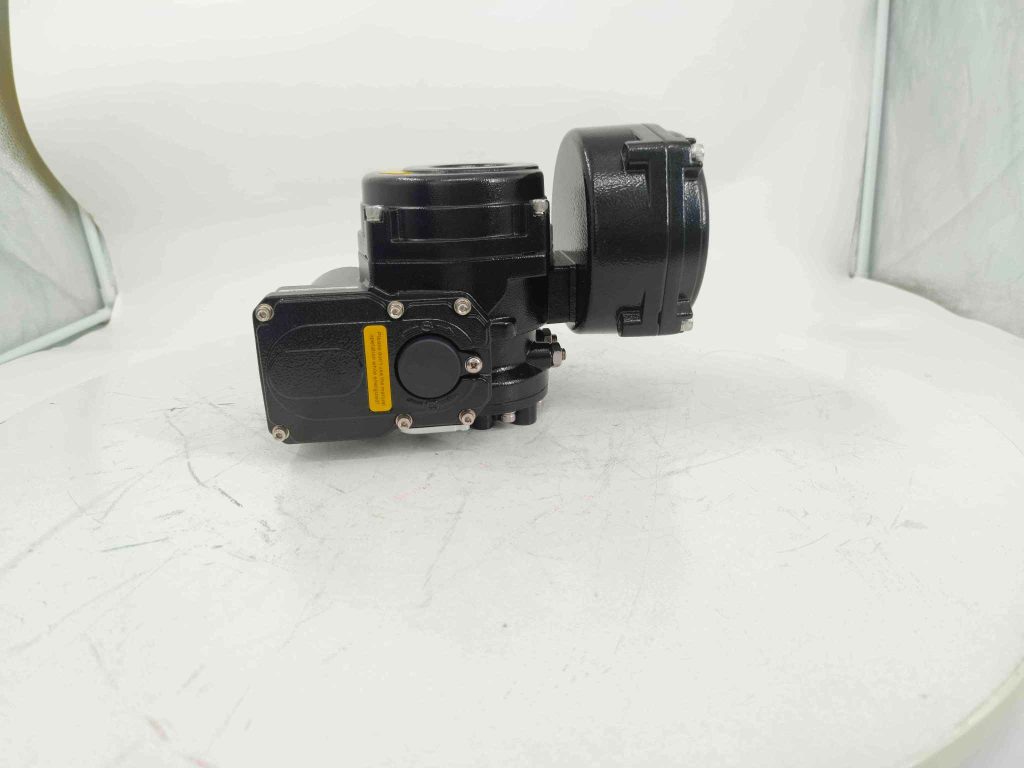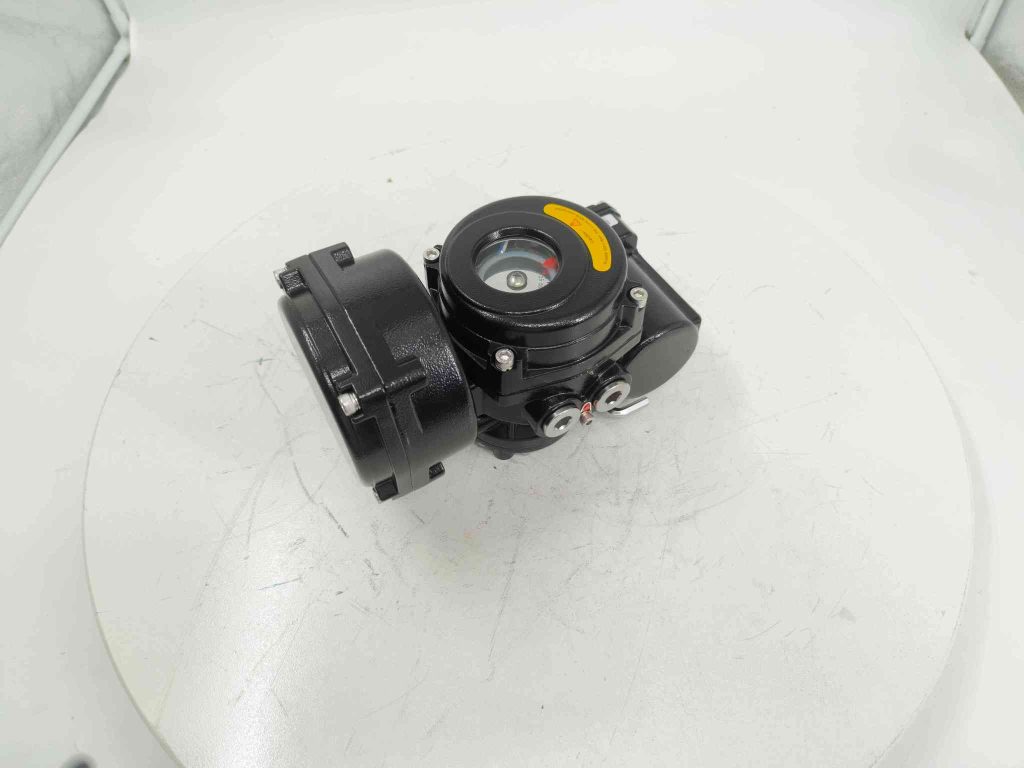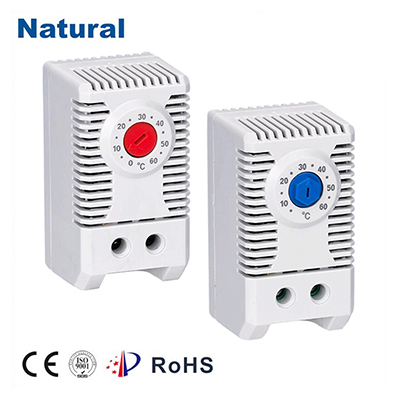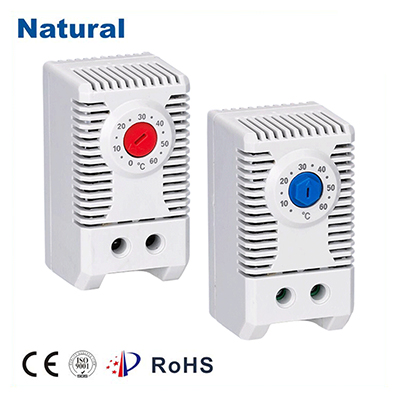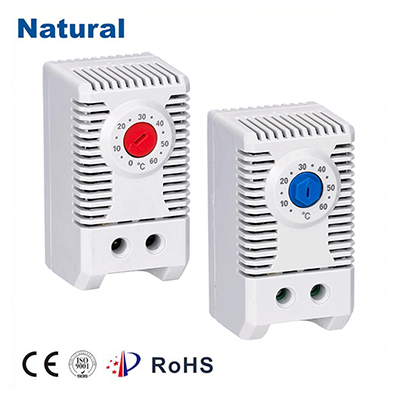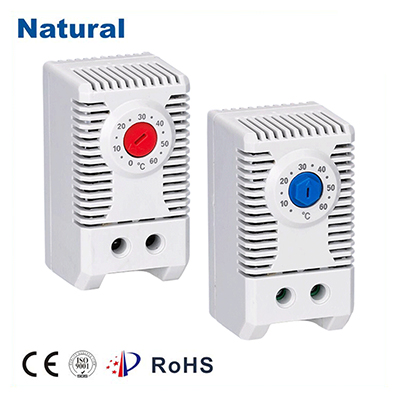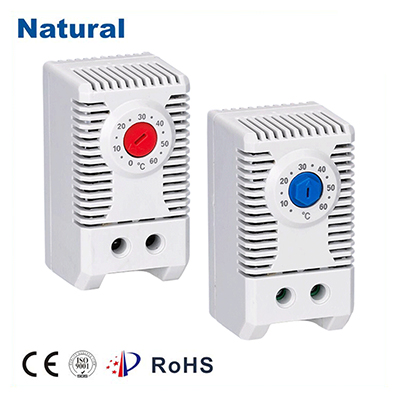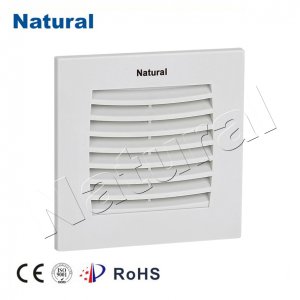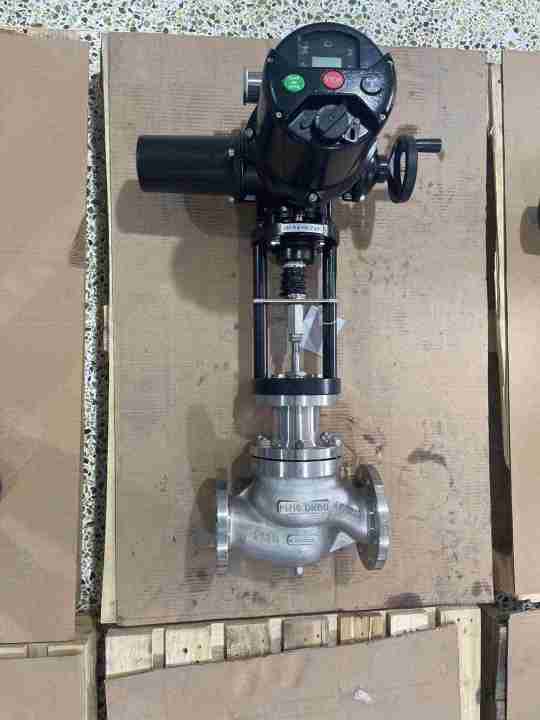The Explosion-proof Power off Reset Valve is a critical component in modern industrial systems, designed to ensure safety in environments where electrical and mechanical failures can result in catastrophic consequences. This valve type combines two essential features: explosion-proof design and automatic reset functionality after power loss. It plays a pivotal role in various industries, particularly those dealing with hazardous materials, such as chemicals, petroleum, and natural gas, where explosions, fires, and other safety risks are heightened.
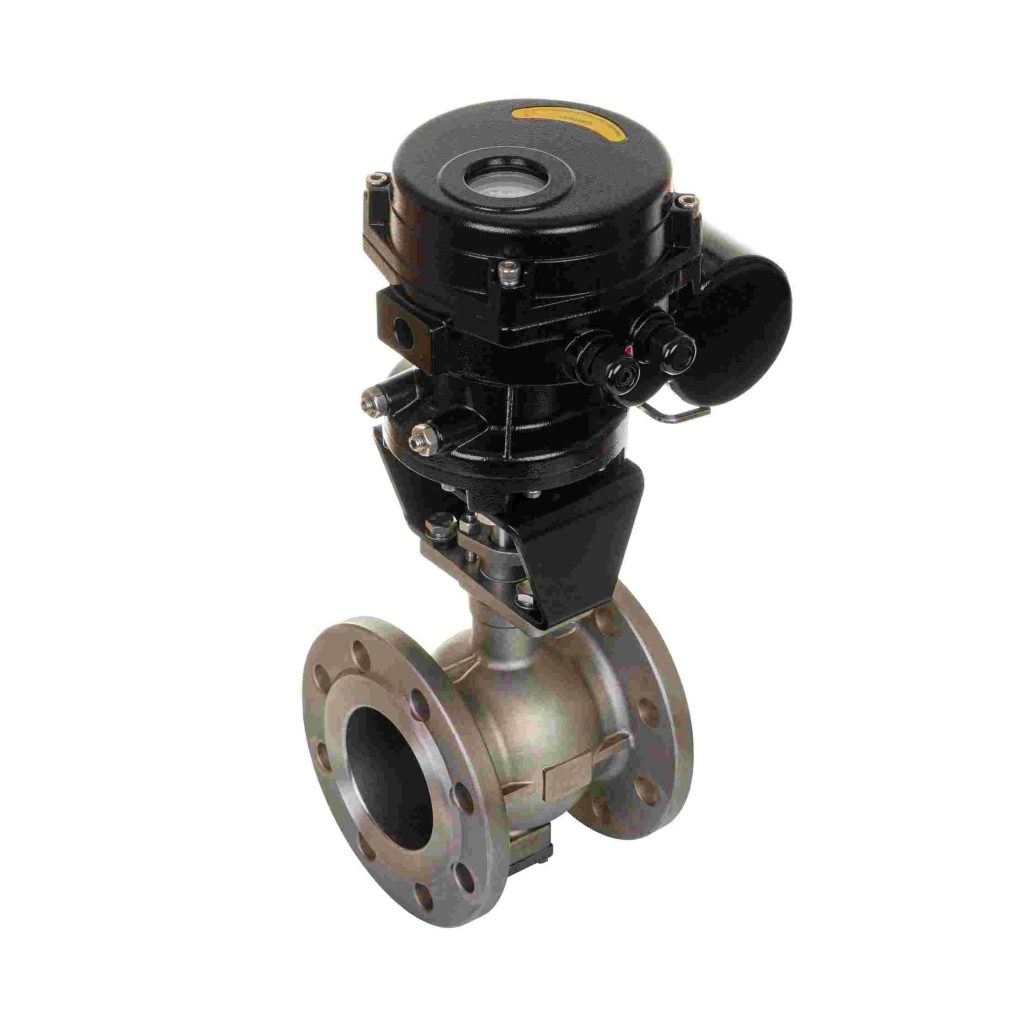
Explosion-Proof Design: Meeting Industrial Safety Standards
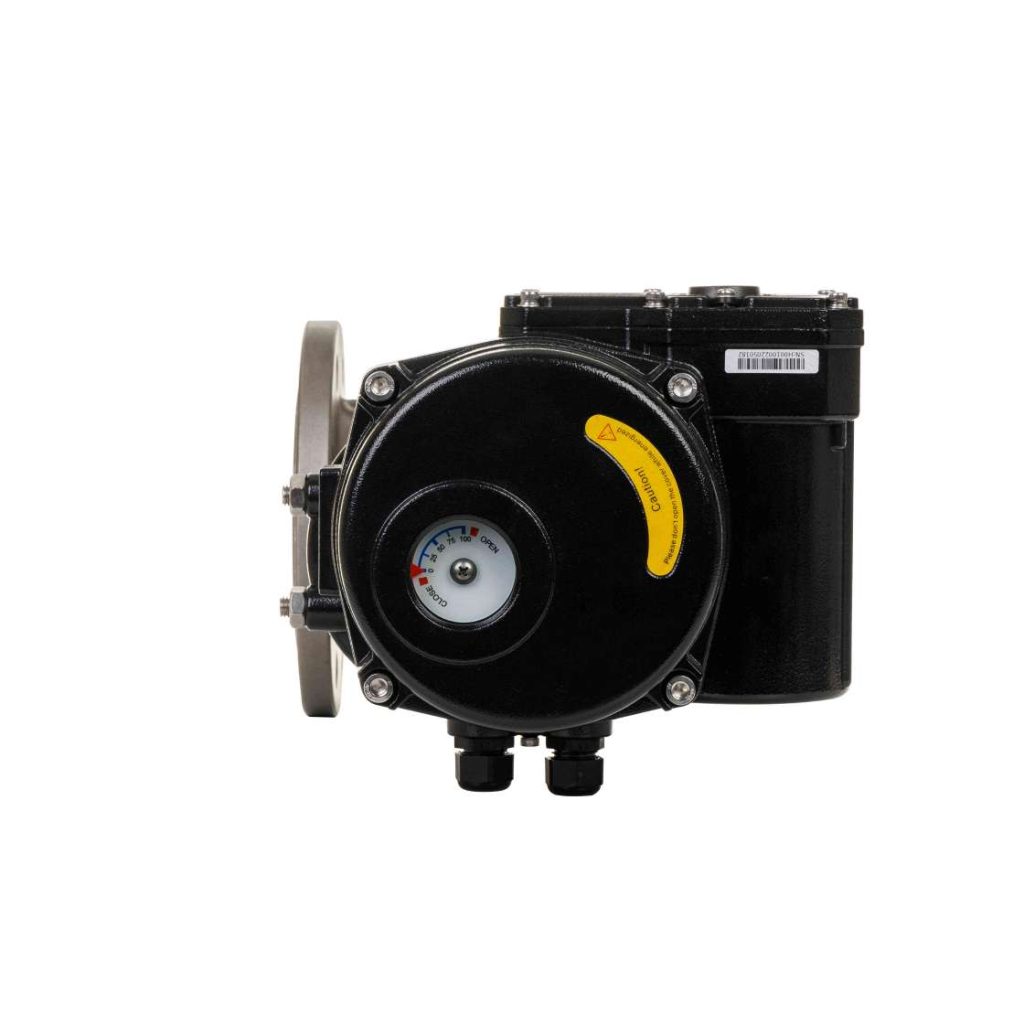
One of the primary characteristics of the Explosion-proof Power off Reset Valve is its ability to function in hazardous environments. In industries like petrochemicals, mining, and gas production, equipment must be designed to operate safely in the presence of flammable gases or explosive dust. Explosion-proof valves are manufactured with robust, sealed housings and materials that prevent the ignition of volatile substances due to electrical sparks, heat, or static electricity. These valves comply with international safety standards such as ATEX (the European Union’s directive for explosive atmospheres) or IECEx (International Electrotechnical Commission’s standards for explosive environments). Such compliance ensures that the valve will not only prevent ignition under normal operation but also withstand extreme environmental conditions, including high pressure and temperature variations.
